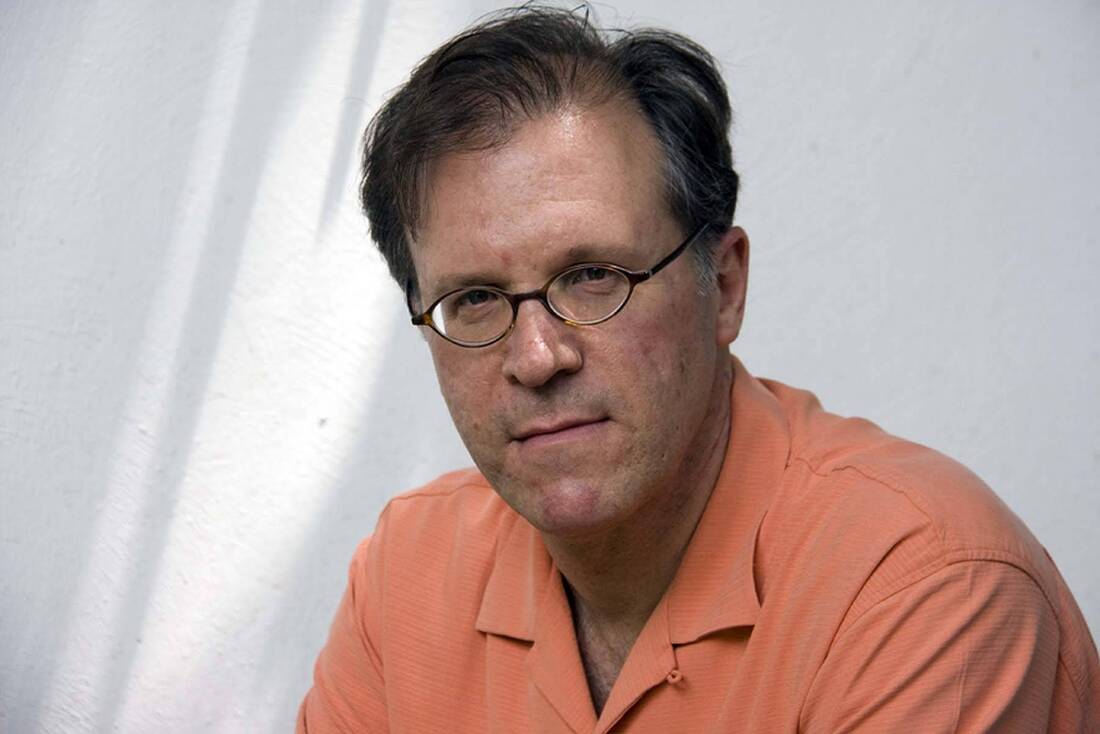
Ilan Stavans
*
Español
July 14, 2024
by Philip Gambone
It's hard to read Latin American literature and not run into the name of Ilan Stavans, the Mexican-born scholar, essayist, novelist, poet, translator, biographer, editor, anthologist, and memoirist. Literature is Stavans' passion—"my obsession," he says. His more than thirty books include works on Cantinflas and popular Hispanic culture, the Chicano experience, Octavio Paz, Don Quixote, Spanglish, Gabriel García Márquez, Sor Juana de la Cruz, Jewish-Mexican cooking, and the Mayan creation story Popol Vuh. Stavans co-edited The FSG Book of Twentieth-Century Latin American Poetry and was the general editor of 2,700-page Norton Anthology of Latino Literature, which Cornell West called "an instant classic." Small wonder that Steven G. Kellman, who has written a biography of Stavans, titled it The Restless Ilan Stavans. Restless, indeed! Restless, tireless, indefatigable!
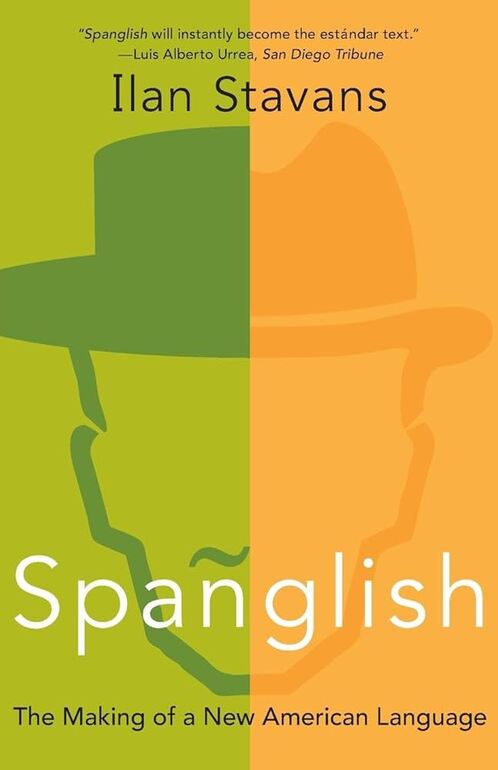
Stavans was born Ilan Calmen Stavchansky Slomianski. His grandparents immigrated from Eastern Europe to Mexico at a time when U.S. immigration quotas restricted entry for Jewish immigrants. Though Mexico had a robust Jewish presence, during his childhood, the word judío was, he writes in his memoir On Borrowed Words (2001), synonymous with "stingy," "abusive," and "treacherous." In Mexico, the family "reghettoized" itself, keeping to the language of their ethnic roots. The grandmother trained her children to be "first Jewish and then Mexican." For Stavans, Yiddish was "truly the mother tongue, whereas Spanish, the street language, the one I most often used, was the father tongue."
On Borrowed Words is not really a memoir in the traditional sense, Stavans writes, "but a series of snapshots that, I hope, add up to a cinematic picture, not of me but of my mind." It is a mind—and a life—"in two languages," he says. Or more accurately four: "I'm aware that crafting my memoir in English will, in and of itself, be a form of treason. For shouldn't it be written in at least three if not four languages (Yiddish, Spanish, Hebrew, and English), the four tongues in which—and through which—I've experienced life?"
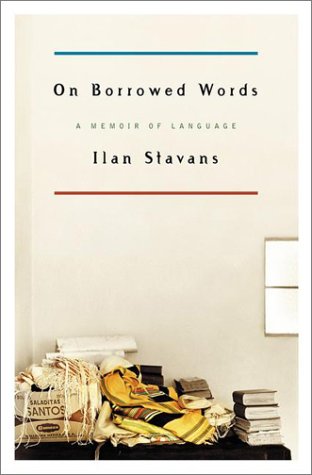
His was a middle-class family, "with all the worries of the almost-haves but also the almost-have-nots." His father was the first openly Jewish actor on the professional Mexican stage. Over the years, he had a leading role in Stephen Sondheim's Sweeney Todd as well as taking part in many other Broadway shows rewritten in Spanish. His mother studied psychology at The National Autonomous University of Mexico (UNAM) and taught theater. The parents enrolled young Ilan in the Colegio Israelita de México, where he was taught that "what made us Jews was not G-d but the intellectual and spiritual legacy carried along for three millennia."

Colegio Israelita
*
As a young man, Stavans struggled to find where—and in what language—he truly belonged in the world. When he was 19, searching for his identity, he moved to Israel. There he liked that the Jews he encountered did not suffer from the existential doubt that he had in Mexico. Nevertheless, Israel's religious orthodoxy repelled him. He concluded that the country was not for him. "I understood that I could thrive only in a non-Jewish environment. Curiously, the longer I stayed in Israel, the more I convinced myself that only in a yeshiva in Jerusalem could I find brief periods of happiness, but that those periods did not amount to a reason strong enough to make me stay."
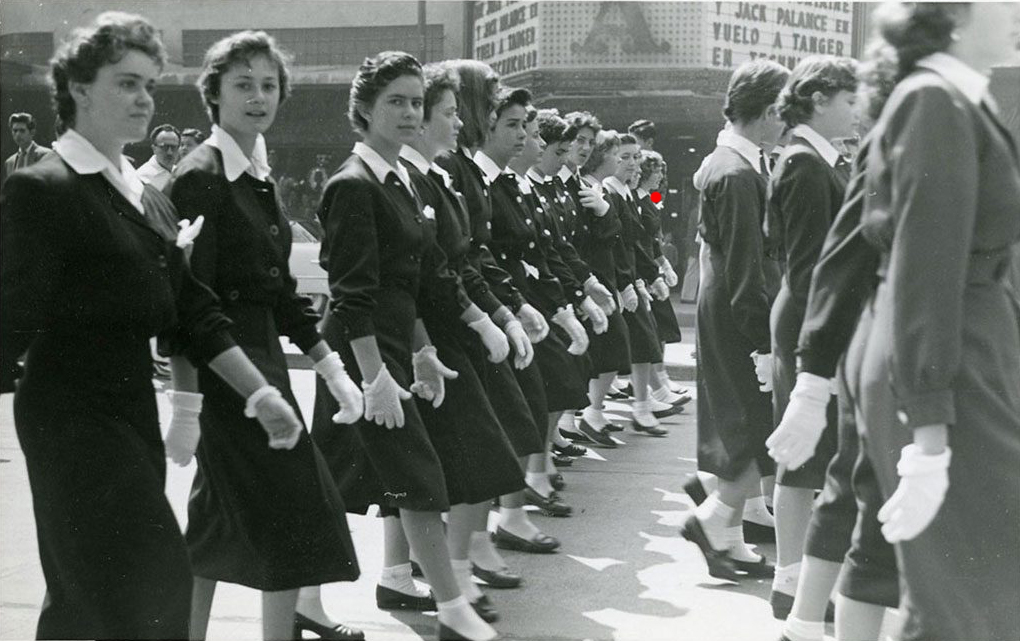
Students from the Colegio Israelita de Mexico marching on Cinco de Mayo, 1954
*
Stavans' pilgrimage continued to El Viejo Mundo, Europe. Here, through a Spanish poet he met, he found connections between the Spanish language and his Jewish self. But here, too, the affinities did not amount to a reason strong enough to stay. "The past was there," he writes of Spain, "but not the future." He returned to Mexico: "My goal was to move far away from the Jewish community, to allow myself to get to Méjico, the old-fashioned one, the one spelled with a ‘j,' the rough-and-tumble landscape forbidden to me with my education."
That road led to studies at the National Autonomous University of Mexico (UNAM) and the more radical Universidad Autónoma Metropolitana (UAM). During his college years, Stavans read widely in the works of leftist and revolutionary authors. "Communism, I could sense in the air, was what Mexico was positively about." He came to see that the common duty of middle- and upper-middle-class citizens was "to use our knowledge to bring about justice and equality to a nation torn by injustice, by a history of atropellos, of abuse and exploitation." He felt "more and more proud of my communism and less interested in my Jewishness. The authentic Promised Land was Mexico, I realized, and I was needed to help cure its historical injuries."
His youthful leftist idealism led Stavans to Cuba. But very soon his eyes were opened to the "awkwardness" of the Latin American left, which he found "recalcitrant, monolithic, injudicious, and autocratic." His animosity toward the left grew as his Mexican comrades started treating him as an outsider, "not a mestizo, not even a criollo: simply un extranjero." By which they meant a Jew. "My reaction, yet again, was to burn my bridges, to abandon Mexico once and for all. But with Israel, Spain, and Cuba eliminated, where to go?" After more peregrinations, Stavans moved to New York when he was 24 to become a newspaper correspondent and to study Jewish philosophy at the Jewish Theological Seminary.
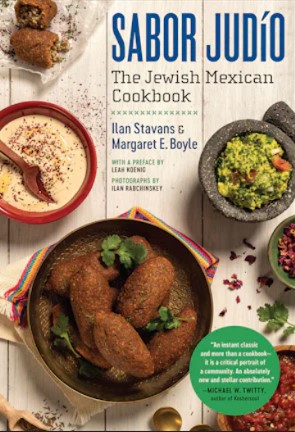
Earlier childhood visits to the States had left him with an impression of the ugliness and monotony of American cities. "Though Mexico's capital might well have been less livable, it had a charm, an ethos none of these urban centers knew anything about." Curiously, then, from the first moment Stavans stepped out into New York, the city appeared to him "like a huge book, a novel-in-progress perhaps, filled with anecdotes, with a multilingual poetry impossible to repress."
"My move was motivated by freedom: I wanted to live in a land of free speech, where words and arguments mattered; a place where my Jewishness was valued; I wanted to have inexhaustible, labyrinthine libraries around me, where I could get lost." Ironically, he also discovered that Spanish had become the unofficial second language of the United States.
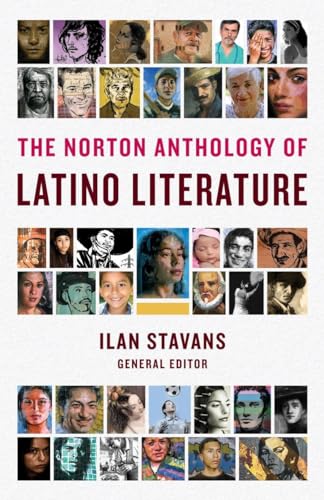
At the time of his move to New York, Stavans—who is currently Lewis-Sebring Professor of Humanities and Latin American and Latino Culture at Amherst—spoke English with an "unruly foreign tongue" that "contorted when I uttered words like ‘chaos,' which I often pronounced as ‘cows.' My trouble with prepositions—the difference between ‘pass out,' ‘pass on,' ‘pass in,' and ‘pass away'—was insurmountable." He wondered if one day he would ever be able to write as fluently as Henry James. "How to explain the different world-views that collided in me as I accepted my role of U.S. immigrant?"
He went on to earn a doctorate at Columbia University. It was during this time that Stavans started submitting his writing to intellectual journals, but he found it hard to interest the editors in pieces about Hispanic civilization. It was not until the late 1980s, when he began to write for The Nation and Madrid's Diario 16, that Stavans embarked on his distinguished career as an hombre de letras. Subsequently, his marriage and the birth of his son Joshua, clinched for him that he was "at home in Manhattan and the geography that surrounds it." In 1994, he became a United States citizen. Was he ready to renounce his Mexican citizenship, he asked himself. "Sure—why long for a past I felt only accidentally attached to?"

Toward the end of his memoir, Stavans considers the languages—the "set of spectacles," he calls them—through which he has seen the universe: "Yiddish is warm, delectable, onomatopoetic; Spanish is romantic, perhaps a bit too loose; Hebrew is rough, guttural; English is precise, almost mathematical—the tongue I prefer today, the one I feel happiest in."
On Borrowed Time, the story Stavans' odyssey "to find my voice in a language and habitat not my own," makes for fascinating reading. For those of us who began life in one language (for me, the Neapolitan of my grandparents) and transitioned to another, or who try to exchange the "spectacles" of English for the "spectacles" of Spanish during the months we live in San Miguel, the book offers insights into the languages we bestow upon ourselves and how they "define or deform who I am." Like his friend Richard Rodriguez (about whom I wrote in these pages back in April), Stavans ultimately acknowledges, and honors, his "life on the hyphen, as a neither/nor, a life in the in-between." As a "non-Mexican Mexican."
**************
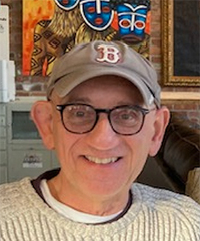
Philip Gambone, a retired high school English teacher, also taught creative and expository writing at Harvard for twenty-eight years. He is the author of five books, most recently As Far As I Can Tell: Finding My Father in World War II, which was named one of the Best Books of 2020 by the Boston Globe. His new collection of short stories, Zigzag, will be published in October.
**************
*****
Please contribute to Lokkal,
SMA's online collective:
 ***
***
Discover Lokkal:
Watch the two-minute video below.
Then, just below that, scroll down SMA's Community Wall.
Mission

Visit SMA's Social Network
Contact / Contactar

